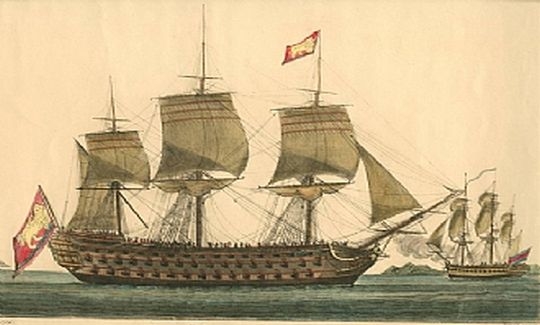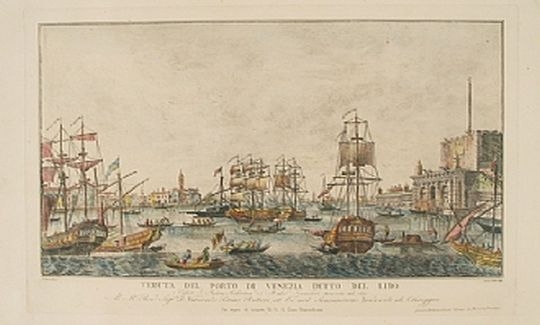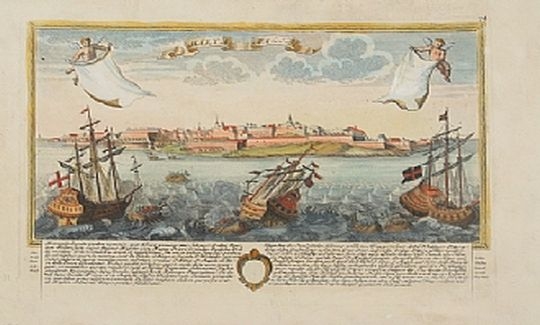Sailing Ships of the 18th Century in the Print-Maker's Art
Saturday, 20.08.11
Tuesday, 06.03.12
:
Avshalom Zemer
More info:
046030800Many prints in the collection of the National Maritime Museum depict the development of shipping and naval engagements. During the 18th century important modifications were made in the construction of sailing ships, including sails and naval artillery.
The tradition of marine art began in Holland where maritime trade was vital to the Dutch, and the Dutch influence on the artists of England and France is very evident. Many prints were apparently commissioned to celebrate the fleets and their victories.
The opening of the oceans to intercontinental voyages that began in the 15th century had become established by the 17th century, changing the face of naval warfare - sea battles could now take place in the midst of the great oceans.
In the 18th century weaponry became more sophisticated because of the increasing availability of gunpowder and improvements in artillery. Battle strategies changed with new strategies of formation, as well as professionalism and practice. During that century, brass or bronze cannon were gradually replaced by cast iron, which was considerably less costly. Technical progress in shipbuilding accelerated, and new typologies began to appear. Naval fleets expanded accordingly. Steamships came into service in the mid-19th century, gradually replacing sail.
The weather greatly influenced sea battles under sail. When an enemy was identified, it was usually sailing with a following wind, so that the opposing fleet had to employ specific tactics in order to cope with its opponent's advantage.
Conflicts at sea were usually conducted by two opposing lines of vessels firing at each other, which is why such vessels are known as "ships of the line". Warships were classified according to rank. Up to the first quarter of the 19th century the classification was according to the number of cannon carried by a ship. Originally, classification was according to the pay-rate of the ship's officers, and ships of the line were ranked in 1st - 4th place.
The admiral was of prime importance during naval conflicts. His task was to direct and coordinate his vessel with the rest of the fleet by signalling in various ways - with flags, beacons, gunfire, or by dispatching orders that were passed down the line from vessel to vessel. Sailing and battle tactics were dependent on both visibility and weather. In addition, the wind played a major role in alignment and crowding of sails.
The exhibition focuses on sea battles of the 18th century, and presents engravings and copper engravings that depict historic engagements. These inform us about many aspects of such engagements - the location of the conflict, the number of vessels involved and/or captured, the number of dead, as well as about specific events. Another important detail is the text integrated in the print, usually a dedication intended to honour the victors.



